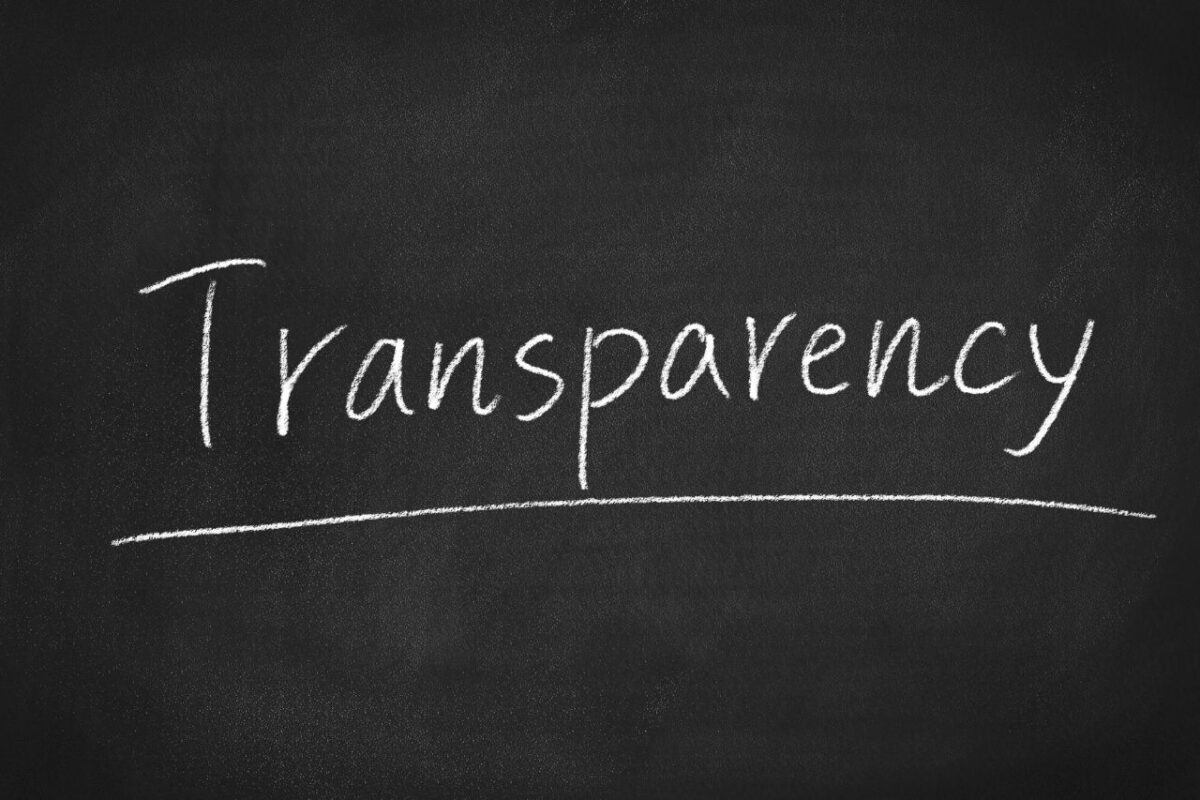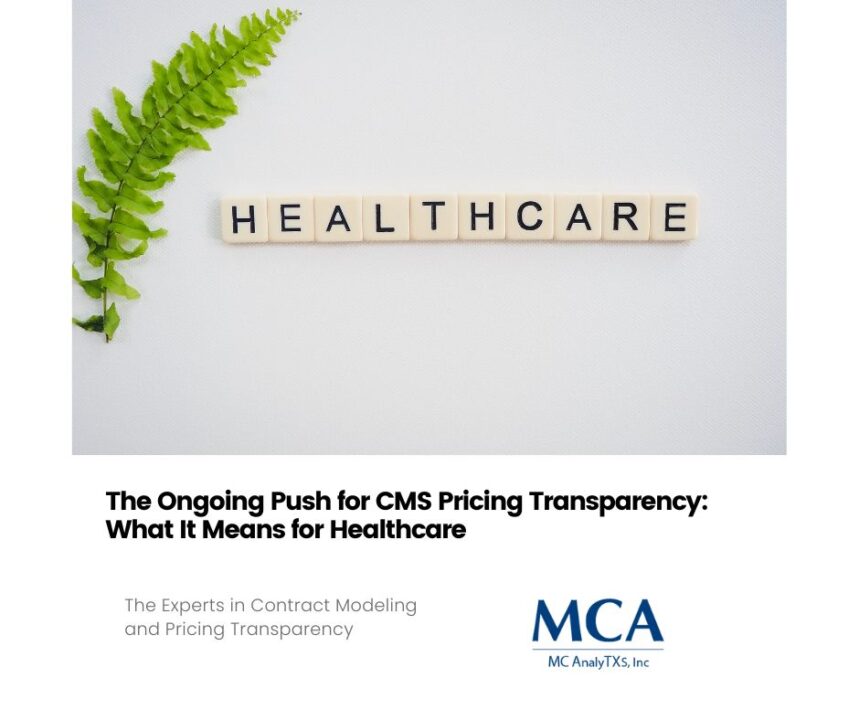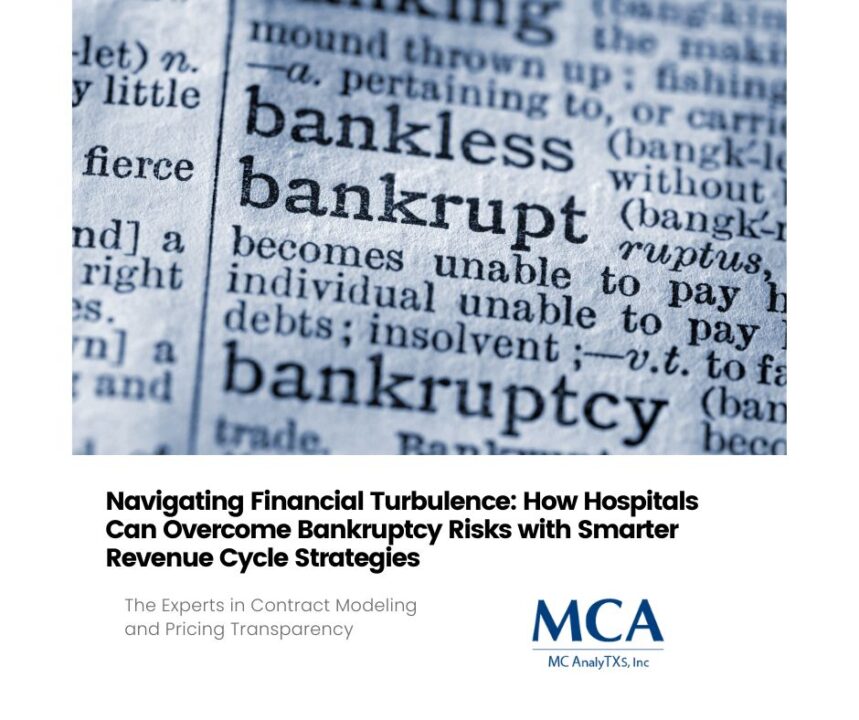
Servant Leadership and Why Your Health System Will Benefit from This Mentality
May 2, 2023
How our Contract Modeling and Claims Management Software will Save Your Organization Millions
May 19, 2023In the healthcare industry, pricing transparency has been an ongoing issue for a very long time. Patients and payers both have a right to know what they are going to be charged, but implementing a reasonable and effective system has been difficult due to various obstacles. This blog post will delve into the current challenges that the healthcare industry faces when it comes to pricing transparency.
The Complexity of Healthcare Pricing Models
The pricing system in healthcare is complex and convoluted, with different components which make it challenging for any patient to understand. As there are numerous parties involved, including insurance agencies, medical facilities, pharmacy benefit managers, and pharmaceutical companies, it’s difficult to make sense of the pricing system. While many healthcare stakeholders do see a need for transparency, a lack of consensus on what transparency means in healthcare makes it tricky to move forward. Patients and payers must be aware of what they need to pay, which is difficult to achieve without price transparency and a common language for pricing.
Multi-Faceted Health Insurance Approaches
Health insurance companies’ numerous insurance plans, multiple deductibles, premiums, and copays make it difficult for any patient to comprehend what they’re paying for and require more work to estimate and compare costs. Furthermore, healthcare providers are grappling with the changes made by CMS regulations. CMS, or Centers for Medicare & Medicaid Services, report that hospitals must post prices for various services on their websites. However, rules, fines for repeated offenders, and enforcement mechanisms aren’t completely in place. The industry needs uniformity in regulations, with severe implications for providers who don’t comply.
Complexities of Medical Billing
For most patients, medical bills are a puzzle that is difficult to decode. A great deal of research and advocacy is required for patients to determine what they are being charged for and how they can cut their bills. The majority of people depend significantly on their insurance company or others to help them understand their medical bills – despite their obligations of cost-sharing like premiums, mandated deductibles, and copays. Like insurance plans, medical billing too needs industry-wide standards that are patient-friendly, effective, and top-performing.
Role of Data Analytics
Healthcare organizations can use data analytics solutions to help pricing recommendations more accurate, as well as to provide objective reports on the existing market pricing. Data analytics will help hospitals and healthcare providers to calculate accurate estimates of their fees that are based on actual expenses and people’s expected behavior in making healthcare decisions. The more data, the more accurate pricing they can recommend. The challenge, however, lies in getting stakeholders across the industry to engage with transparency standards built into these new analytic tools.
Transparency in the pharmaceutical industry
Pharmaceutical prices are also an essential consideration for healthcare transparency. The cost of life-saving medications is often obstructed by a dearth of transparency in the medical supply chain, pushing expenses onto physicians and patients instead of allowing people to make well-informed decisions. One such suggestion by policymakers is to address skyrocketing drug pricing by adopting pricing regulations that promote drug price transparency.
Pricing transparency is an area of contention in healthcare, given the complexity and multi-faceted aspects of the industry. It is more than an issue of identifying costs. More so, establishing uniform definitions, regulations, and consistent rules must be put in place. The current challenges that the healthcare industry faces are an alarm to all stakeholders who seek to improve healthcare services by providing clear pricing to their patients. However, with digitization and data analytics gaining ground, stakeholders in the industry can gain a better grasp of estimating fair and reasonable costs for health procedures and prescriptions. Ultimately, transparency in healthcare pricing benefits everyone involved, in addition to reducing costs for patients and encouraging them to be more proactive in their healthcare choices.
To learn more Join our next webinar Thursday, May 25th at 1 pm CST





